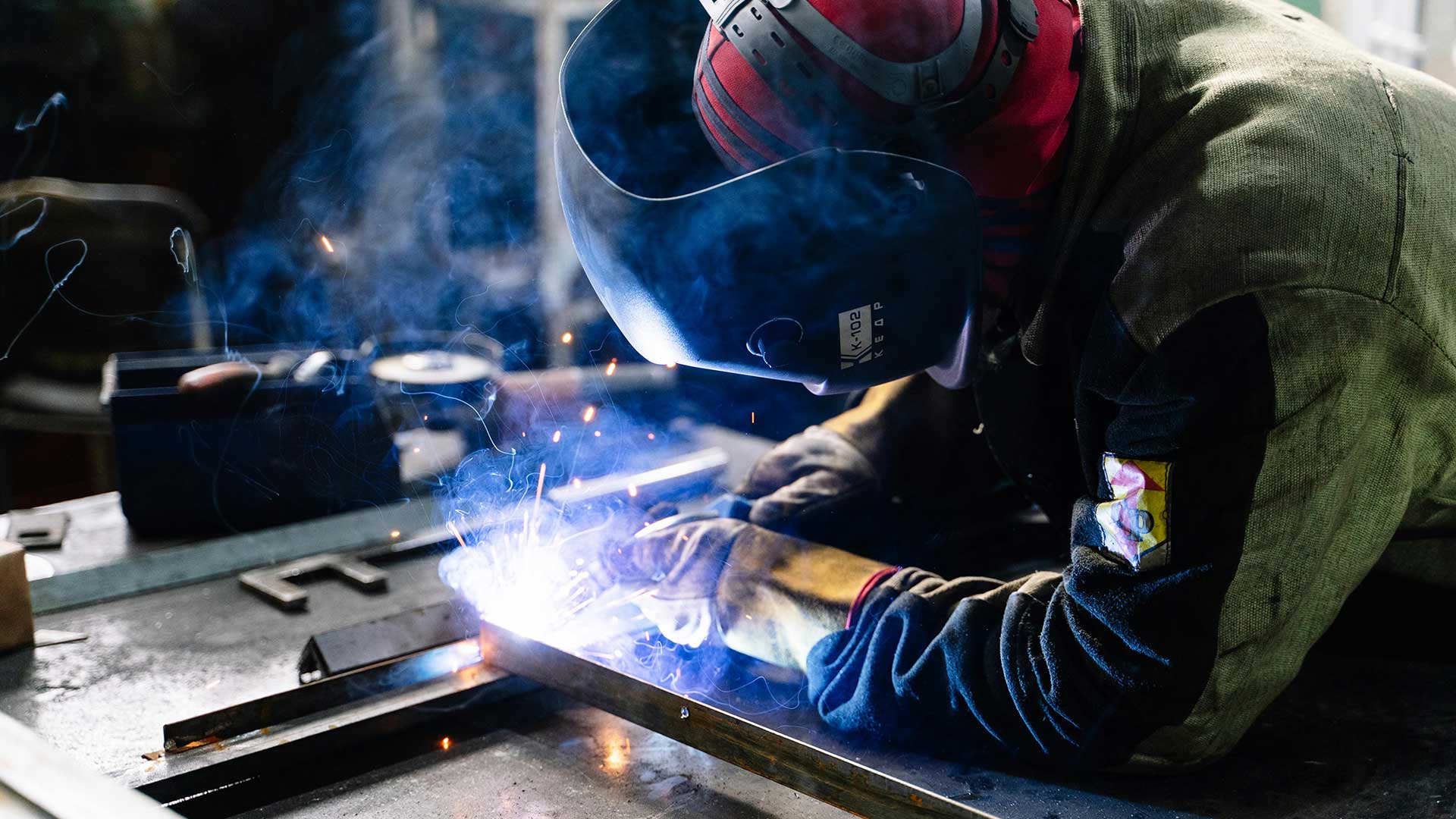A skilled workforce pipeline is necessary for reshoring and restoring U.S. leadership in global manufacturing. But how do we get there? The German model of manufacturing apprenticeships contains lessons to help the United States reach its goals to be competitive enough to justify bringing the work here.
For a significant portion of high school students in the United States, a manufacturing apprenticeship offers a low-cost, high payoff alternative to starting college immediately after high school. We believe that public officials should implement some variation of the German Dual Education System in this country. Promoting manufacturing apprenticeships will strengthen the economy and generate career opportunities for many students. To succeed, stakeholders must present apprenticeships vs. college as an equal or better choice for most high school students.
Some Background on the German Apprenticeship Program
The availability of skilled labor is the No. 1 factor driving site selection for manufacturing in general and reshoring in particular. The United States manufacturing sector will have 1.9 million unfilled jobs by 2033, according to 2024 research from Deloitte and the Manufacturing Institute. Achieving the Reshoring Initiative’s Mission of eliminating our $1.1 trillion goods trade deficit would increase that workforce shortfall to about 7 million. Apprenticeships are the best solution.
The apprenticeship system has allowed Germany (and Austria and Switzerland, which have similar models) to avoid the skills shortage that has hobbled the U.S. for decades. Despite having wages close to the U.S., Germany has a trade surplus of about 5% of its GDP, vs. a 3% trade deficit for the U.S. We believe that the German apprenticeship system and a focus on engineering degrees are the leading drivers of this success.
Training workers for manufacturing jobs helps companies decide to reshore, and companies’ reshoring gives workers the confidence to strengthen their skill sets and take advantage of the increasingly available opportunities in domestic manufacturing. A strong apprenticeship system will enable accelerated reshoring as the United States reclaims manufacturing market share from China.
Supporting manufacturing apprenticeship programs across the country would be an effective, proactive approach for both the public and private sectors to address our workforce shortages and facilitate continued U.S. manufacturing development.
Harry has lead U.S. apprentices and shop owners on four tours to study the Swiss system, and has been consistently impressed by the maturity, knowledge, technical skills and multilingual capabilities of 16- to 20- year-old apprentices. Typically, senior company managers started their careers in the company apprentice program.
Apprenticeship Compared to College – Career Development for Workers
The decision whether to pursue an apprenticeship or four-year college degree is undeniably complex. Apprenticeships are often a better choice for those fully capable of pursuing either path. Obtaining professional work experience starting in the junior and senior years of high school through an apprenticeship, a formal apprenticeship certification and, perhaps, an associate’s degree provides long-term marketable skills and immediate professional development for a young adult.
These young adults can complete manufacturing apprenticeships and either use their experience to start a promising manufacturing career debt-free, or make a more informed decision about pursuing a four-year college degree and, perhaps, a more advanced path in manufacturing.
The financial returns for apprenticeships should be sufficient to recruit the needed quantity and quality of applicants. The income starts immediately, rather than after 4 or 5 years of university. Typically, there is no expenditure for tuition and lifetime income is comparable to university graduates. Opportunity America and the Brookings Institute analyzed outcomes for Federation for Advanced Manufacturing Education (FAME) apprentice graduates. “$59,164 one year after completing the program…. After five years… about $98,000.”
Manufacturing Apprenticeships and the German Dual Education System
The German Dual Education System provides two equal tracks, sending some kids to apprenticeships and some kids to college. It is instructive to our attempt to grow manufacturing apprenticeships in this country. A good way to motivate students and parents is to show them a track that leads to both a solid “trade” career and a degree.
Two noteworthy apprenticeship programs in the U.S. closely hew to the German model, one for high school students and the other for high school graduates.
Apprenticeship 2000 is a German-style manufacturing partnership—formed in 1995 in the Charlotte, North Carolina, region—offering technical career opportunities to high school students and employment after their graduation. It is primarily a youth apprenticeship. Partner companies obtain skilled manufacturing employees to fit their technical job needs.
Apprenticeship 2000 was formed as an industry consortium, to meet the immediate and future workforce needs of local employer partners. According to the Urban Institute’s 2021 Brief on the Program, part of the innovation in the program design is a big selling point for parents. The apprentices earn a degree in mechatronics engineering technology from Central Piedmont Community College when they complete the 8,000 hours of training over four years. Graduates are also guaranteed employment and awarded a journeyman’s card and certificate by the State of North Carolina and certification from the U.S. Department of Labor.
The ICATT Apprenticeship Program, sponsored by the German American Chamber of Commerce Midwest, is a two-to-three-year program for high school graduates that provides manufacturing experience, a stipend, a debt-free associate’s degree and recognized industry credentials. Advanced manufacturing technician, CNC machining professional and industrial electronics technician, are three of the primary manufacturing apprenticeship programs offered in the ICATT Apprenticeship Program. A representative listing of Greater Chicago ICATT apprenticeships can be found here, including Avient Corp. and Mondelez International Inc.
The Time Is Now
ICATT and Apprenticeship 2000 are two strong example of success the German model has had in providing a skilled U.S. manufacturing workforce. We believe this model can be reproduced and scaled over the next five years to develop the skilled manufacturing workforce the United States needs for successful reshoring.
According to the Department of Labor’s 2022 American Apprenticeship Initiative Evaluation, of the 68 employers surveyed, 96% said their apprenticeships improved company culture, and more than 90% reported that their apprenticeship programs led to improvements in their talent pipelines and increased employee loyalty.
Broadly implementing manufacturing apprenticeships will enable the U.S. to balance the $1.1 trillion goods trade deficit, improve income equality, help achieve climate goals by reducing offshoring, reduce the budget deficit and strengthen our defense industry. Let’s get going now!
This article originally appeared in IndustryWeek and was republished with permission from The Reshoring Initiative.
Post Category
- News Article
Topic
- Reshoring
- Workforce Development
Published Date
August 5, 2024
Byline






